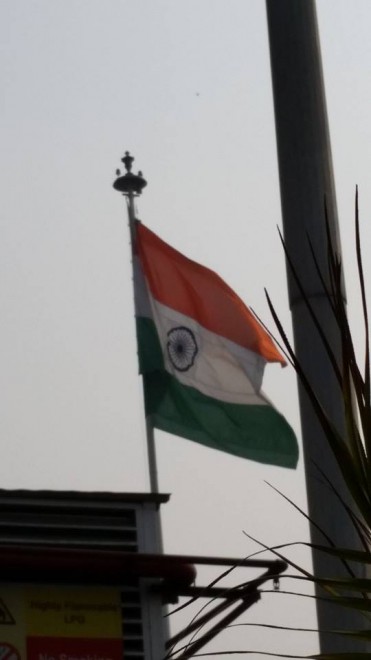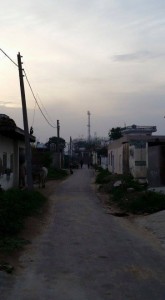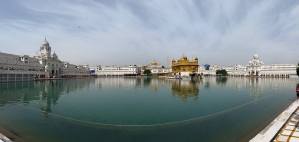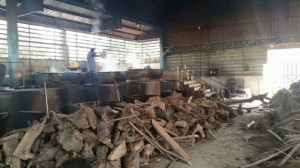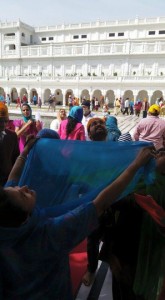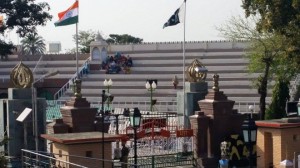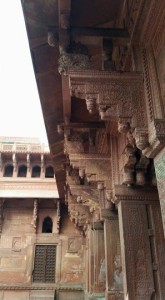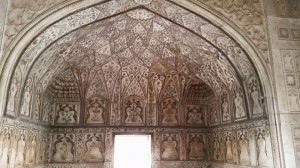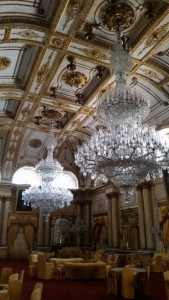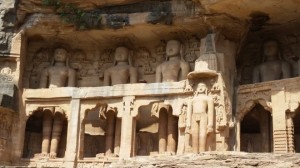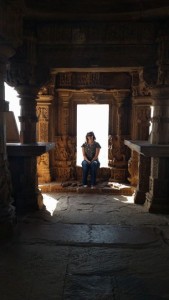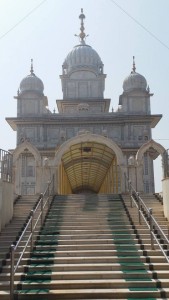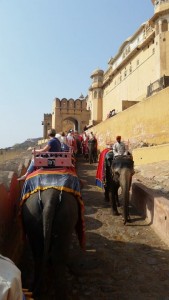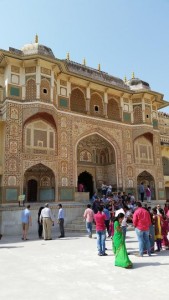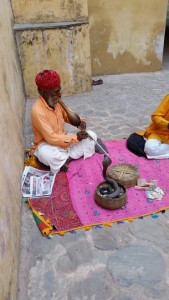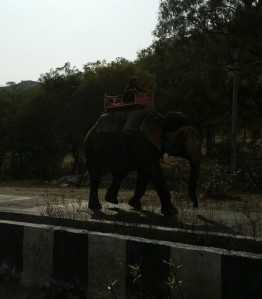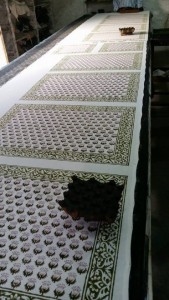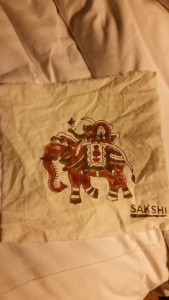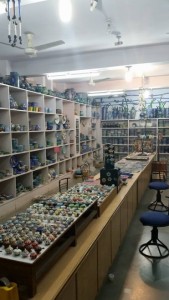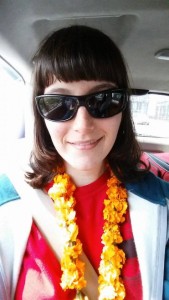The countryside is like the fields you’d see in a Bollywood movie, rural and simple and very green. The people seemed quieter up here, and even more inclined to stare. And of course, animals. I even saw a peacock on the side of the road!
We first visited the village where my great uncle still lives on a small farm, and where my mom used to spend her summers. I saw the house where she was born, although the people who currently live there renovated it. They were very nice though, and even offered us tea if we wanted any. Indian people like to be hospitable.
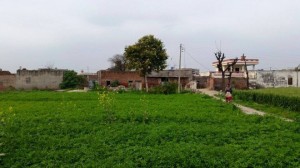
Villagers came out onto their roofs and looked through their doors to get a peek at us, and a couple of children from next door asked me to come over for a few minutes (I assume for tea) because I looked so different. My great uncle recognized me, even though I haven’t seen him in a long time. My great aunt did too. Both of their first remarks were about how tall I’d grown (followed by my great aunt asking if I had a husband, naturally).
It’s very simple living, and the food is delicious. They made us a huge dinner with ingredients fresh from the farm, and I don’t think I’ve had better Indian food in my life. I have been spoiled forever.
I also visited the Gurudwara at the time they were blaring out the evening prayers, a small thing compared to the other ones we’d seen up until then. Cue more people staring. It was a village for sure; small community and small houses and fields surrounding it. There were cows in the street and buffalo in the courtyard. Definitely another way of living.
When we visited my great aunt at her village, musicians came into the courtyard to play and hopefully earn some money. It was strangely atmospheric.
Then we actually entered the city of Patiala, where I saw the house my mother grew up in, the Gurudwara she visited, where my grandfather worked at a bank, etc. It was great to finally see these places I’d only heard about but could never picture.
Of course, it was raining our last full day there. And this was the day we drove back to Delhi. Since the van didn’t have heat or a defrosting option, we had to drive with the windows cracked so that the windshield didn’t fog up, with cold air and rain assaulting us the entire time. Not fun.
But we did get back to Delhi, and my mother and I headed to London the next day. I’ve already been around the block with London, although I was happy as hell to reunite with Big Ben. This time I got to see a couple of things I wasn’t able to see when I studied abroad, like the Harry Potter Studio Tour (amazing). It was also very nice to have toilet paper again.
So that is the condensed version of my India trip. Hopefully I get to return in a few years, when I’m sure it’ll be built up even more. There’s still overwhelming poverty, with a lot of room for improvement and expansion and progression, but hopefully still staying true to the culture and not giving in to Westernization completely. I can only imagine where it goes from here.
